A Bookseller’s Guide to Finding Your Perfect Autumn Read
I’ve spent more than twenty years helping people find just the right book. For a good chunk of that time, I was behind the counter of an indie bookstore, and I can tell you, autumn has a special kind of magic. The air fills with the scent of fresh paper, binding glue, and the faint smell of rain drying on customers’ coats. In the fall, people aren’t just looking for a plot; they’re searching for a feeling. They want a book that fits the season like a favorite, well-worn flannel shirt.
In this article
It’s a unique kind of matchmaking, honestly. It goes way beyond what’s trending on social media. It’s about tapping into why we crave certain stories when the days get shorter and the air gets crisp.
So, this isn’t going to be another list of trendy titles that will be forgotten by next year. Trends fade, but the connection between a reader, a good book, and a season is timeless. I want to share the framework I’ve used for years to stock shelves and guide book clubs. It’s a way to look past the fancy cover and online hype to find a story that will truly resonate with you during this reflective time of year.
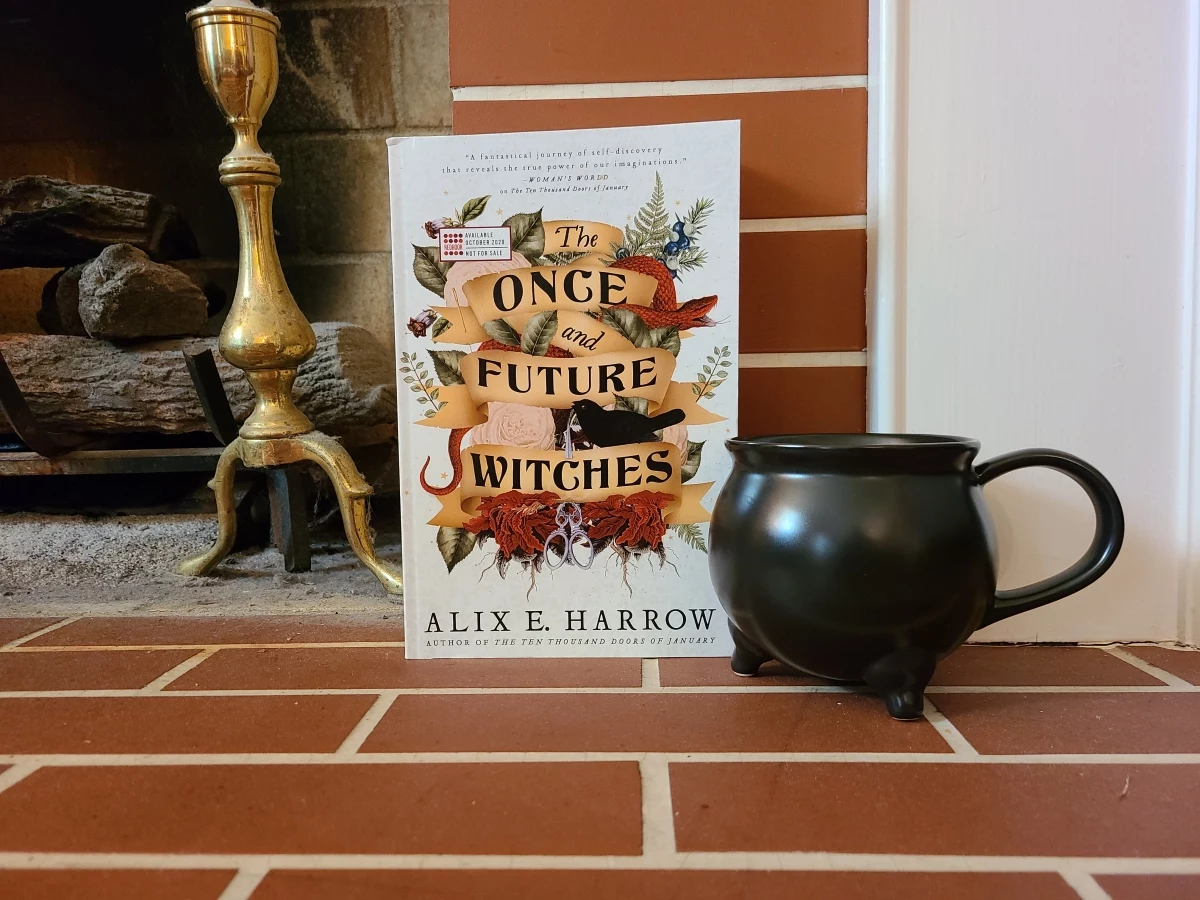
Why We Crave Cozier Books in the Fall
Ever wonder why you’re drawn to a moody mystery in October but wanted a light beach read in July? It’s not just you; it’s rooted in our psychology. Autumn is a season of transition. The world outside is slowing down, the light is changing, and we instinctively feel a pull to turn inward. Our reading tastes often mirror this exact shift. Summer reading is frequently about escape and adventure, while autumn reading leans into atmosphere and introspection.
This is why genres like mysteries, immersive fantasy, and rich historical fiction really shine in the fall. They offer up entire worlds we can sink into. The shorter days and cooler weather naturally encourage more time inside, creating the perfect cocoon for longer, more complex stories. Our minds are just… primed for a narrative that requires a bit more focus. The world is quieting down, and we’re ready to listen more closely to the world on the page.
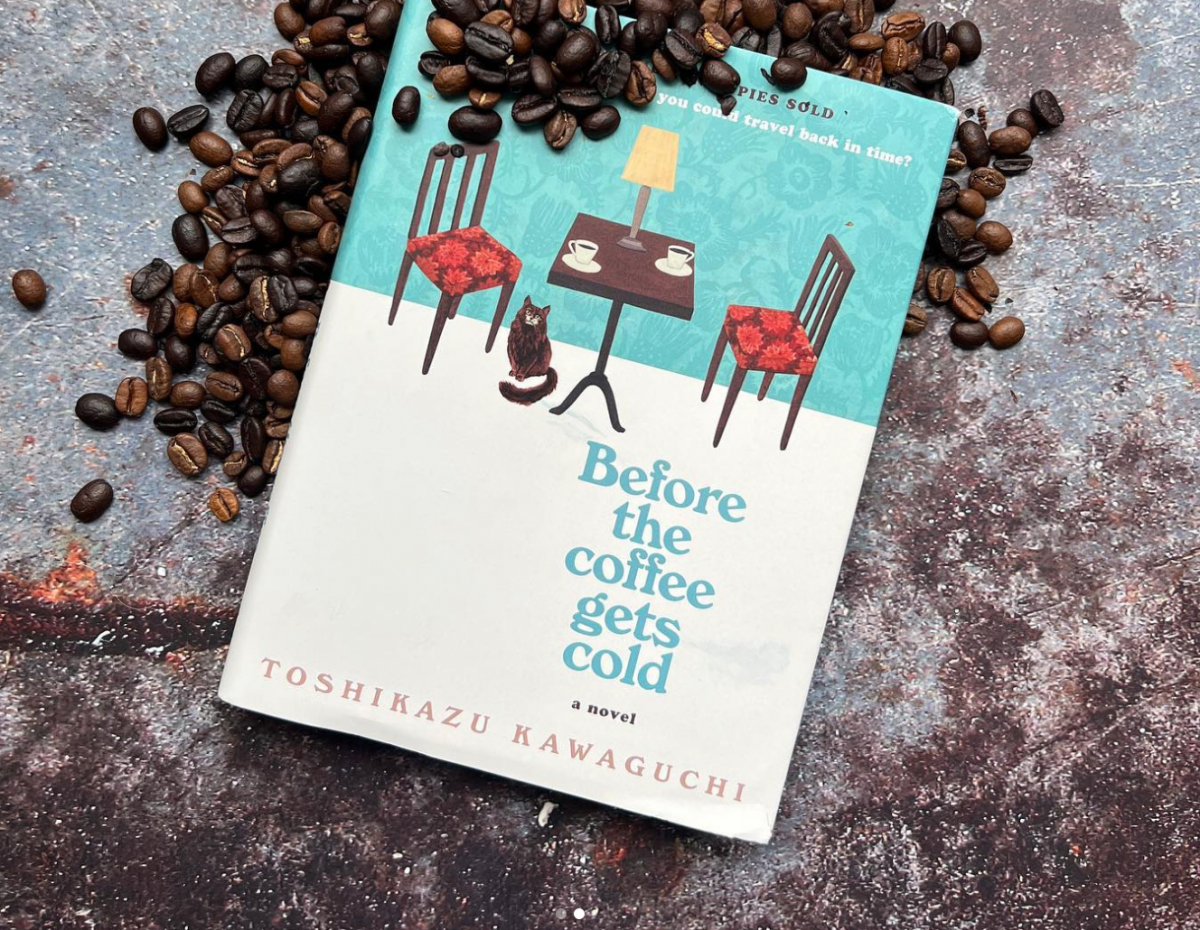
The writers who nail this vibe are masters of atmosphere. They use sensory language to build a world so real you don’t just read about a dark forest; you can almost feel the chill and smell the damp earth. It’s powerful stuff. This kind of writing taps into a collective memory of ghost stories told around a fire, satisfying a deep-seated need for shelter, warmth, and a tiny bit of thrilling danger—all from the safety of your favorite armchair.
A Bookseller’s Method for Picking a Winner
An algorithm can show you what’s popular, but an experienced bookseller or librarian learns to show you what’s good. There’s a big difference. It’s about looking at the craft of the book itself, and it’s a reliable way to avoid that sinking feeling when you realize you’ve wasted your time on a dud.
Technique 1: The First Page Test (Seriously, Do This)
Before you commit to a 400-page book, give it this simple test. Read the first page. And I mean really read it, don’t just skim. What are you looking for?
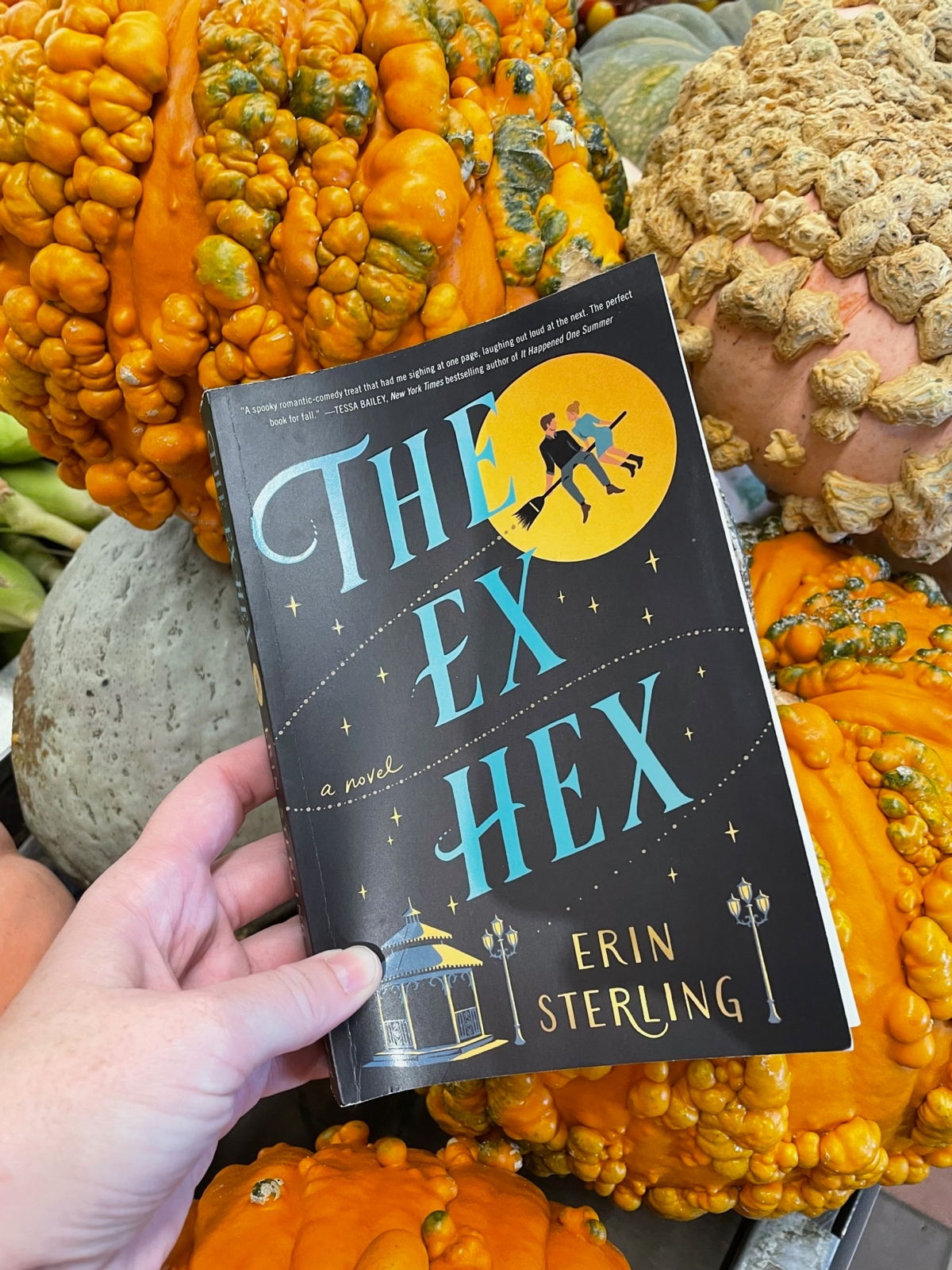
First, the voice. Does the narrator’s tone grab you? Is it compelling, witty, somber, or sharp? If the voice doesn’t hook you on page one, it’s highly unlikely to hold you for the entire book. Second, look at the prose itself. Are the sentences well-crafted, or are they clumsy and packed with clichés? A strong first page is a sign of a confident writer and one of the most reliable indicators of a quality read.
Your 5-Minute Challenge: Go to your bookshelf right now, pick up that book you bought months ago but haven’t touched, and perform the First Page Test. If the voice doesn’t pull you in, you have my official bookseller permission to put it back on the shelf (or in the donation pile) without an ounce of guilt.
Technique 2: Get Specific with Genre
Saying you like “fantasy” is like saying you like “food”—it’s way too broad. Understanding the subtle differences, or subgenres, helps you find exactly what you’re in the mood for. Let’s break down a few common fall recommendations.
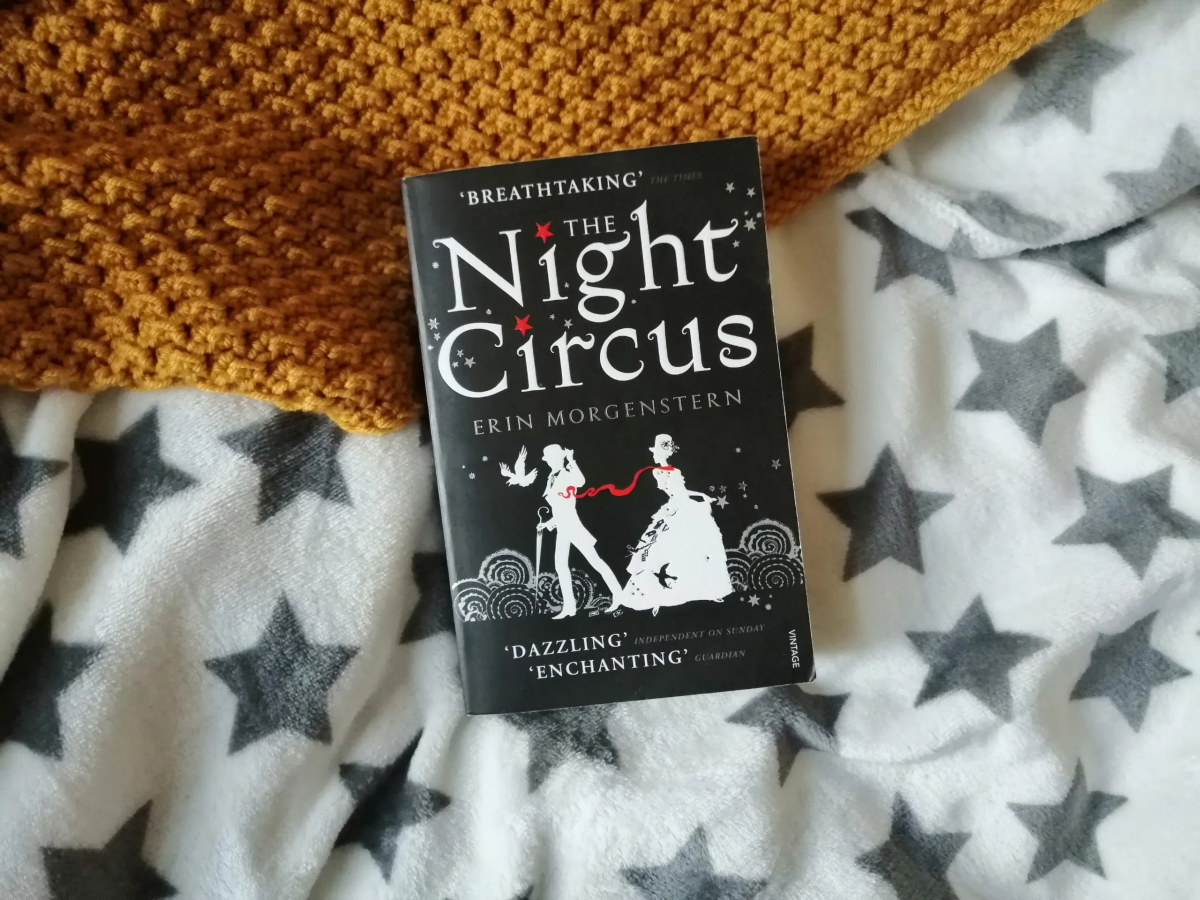
- For a Dreamy, Atmospheric Vibe: Look for magical realism. These stories are set in a world that feels like ours, but with a layer of unexplained magic. The plot is often secondary to the beautiful, enchanting language. Think of a tale about a mysterious traveling circus powered by a lifelong magical duel. This is a book to savor slowly, not rush through.
- For a Grounded, Plot-Driven Adventure: You want historical fantasy. This takes a real historical period—like the early women’s suffrage movement—and injects a well-defined magical system. It has a clear plot, character arcs, and a conflict to resolve. It’s perfect if you enjoy history but want a sprinkle of the impossible.
- For a Fun, Low-Stress Escape: Try a paranormal romance. Here, the relationship between the characters is the main event. The magic, witches, or spooky setting are all there to serve the central love story. These books are typically light, witty, and fast-paced. A perfect choice when you want a joyful read without any emotional baggage.
A common mistake is picking up a slow, literary book when what you really wanted was a witty, romantic one. Knowing these distinctions is a game-changer.
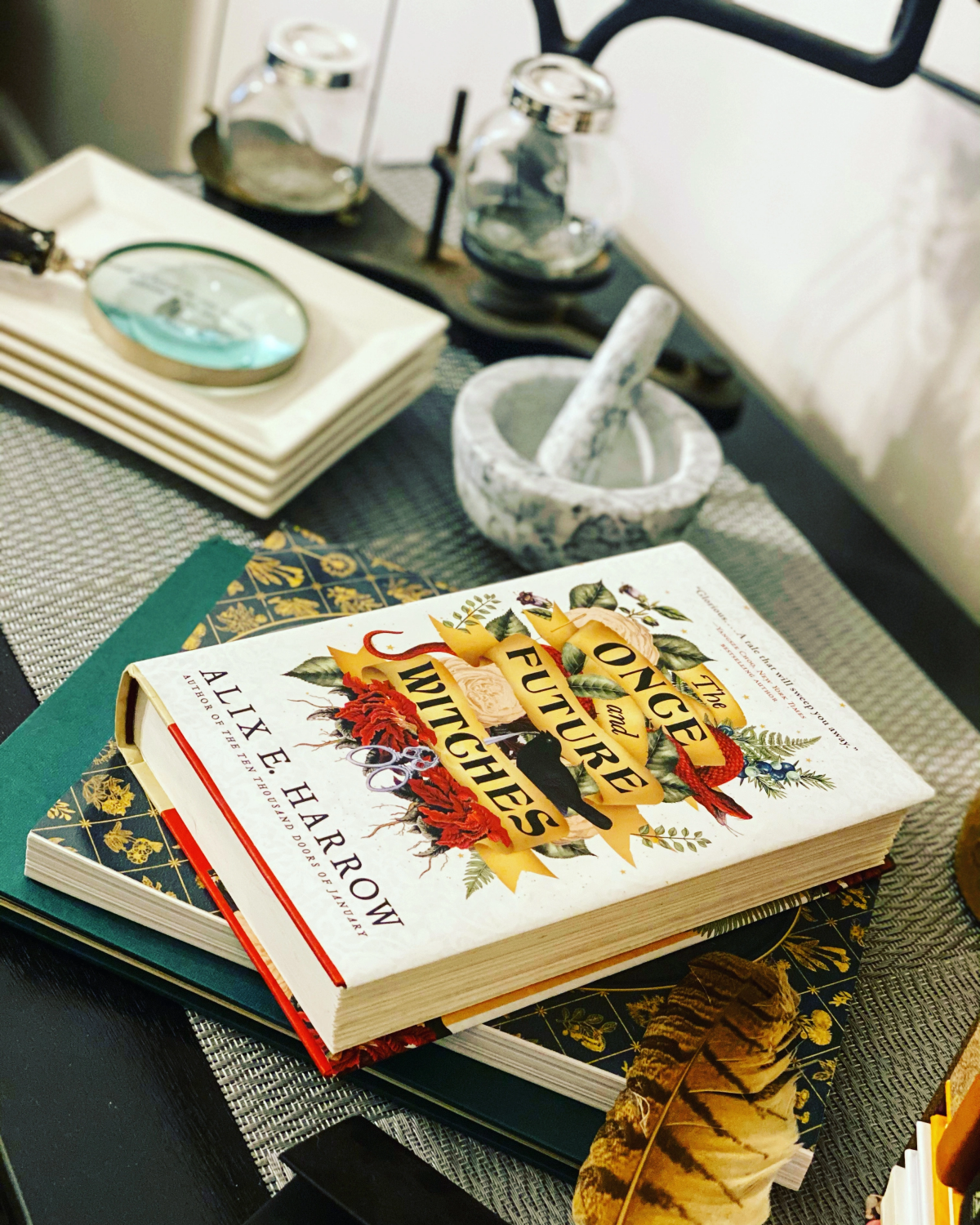
Technique 3: Consider the Pace
A book’s pacing is its internal rhythm. Some books are a slow, meandering walk through a forest; others are a frantic sprint. Neither is better, but one is probably a better fit for your current mood and attention span. Quick tip: check the chapter length. Shorter chapters often signal a faster pace. Also, notice the balance of dialogue to description. A story heavy on internal thought and lush description will naturally move slower. A book that spans centuries has to be deliberate, asking for your patience. A thriller, on the other hand, is built for speed. Matching the pace to your life is key to a satisfying read.
Exploring the Autumn Literary Landscape
Once you know what to look for, you can start exploring. This is where the real fun begins—curating your own reading experience.
The Gothic and Dark Academia Tradition
The quintessential autumn vibe is probably Gothic fiction. These are the stories that gave us themes of decay, haunting secrets, and sprawling, isolated manors. The best ones build dread through psychological tension, not cheap jump scares. Their influence is all over modern fiction.
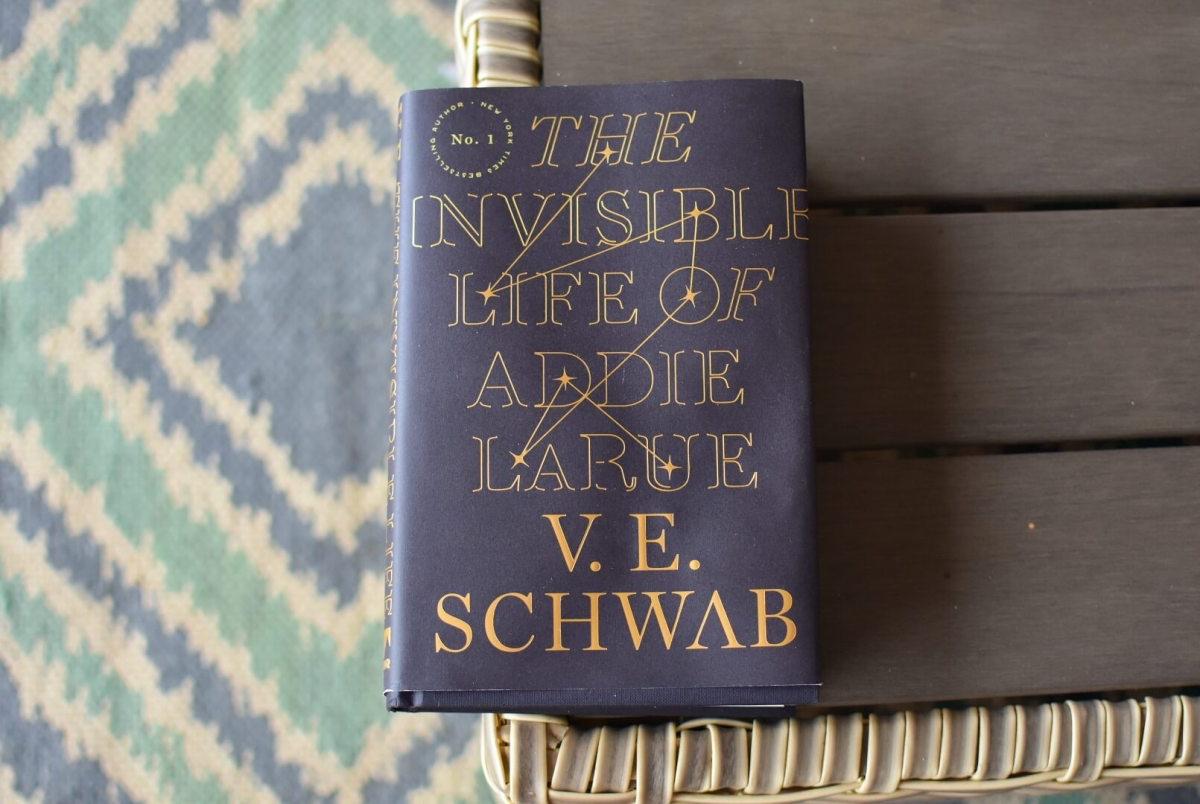
A popular modern offshoot is Dark Academia. It’s easy to see why it’s so popular. It perfectly captures that “back-to-school” feeling of fall and twists it with obsession, secrets, and often a central mystery or murder. These stories are typically set on elite university campuses and feature intense, insular groups of students studying arts and humanities, who inevitably push intellectual and moral boundaries too far.
The Untapped Joy of Translated Fiction
If you’re only reading books originally written in English, you’re missing out on a whole world of stories. It’s like going to a massive art museum and only visiting the wing dedicated to your home country. Translated fiction opens everything up. For instance, you can find quiet, profoundly moving Japanese stories that explore time, regret, and connection in a way that feels completely fresh—like one about a special cafe that lets patrons briefly travel to the past.
When you read a translation, you’re experiencing the story through two artists: the author and the translator. A good translator does more than just swap words; they rebuild the rhythm, tone, and cultural nuances. It really deepens your appreciation for the craft.
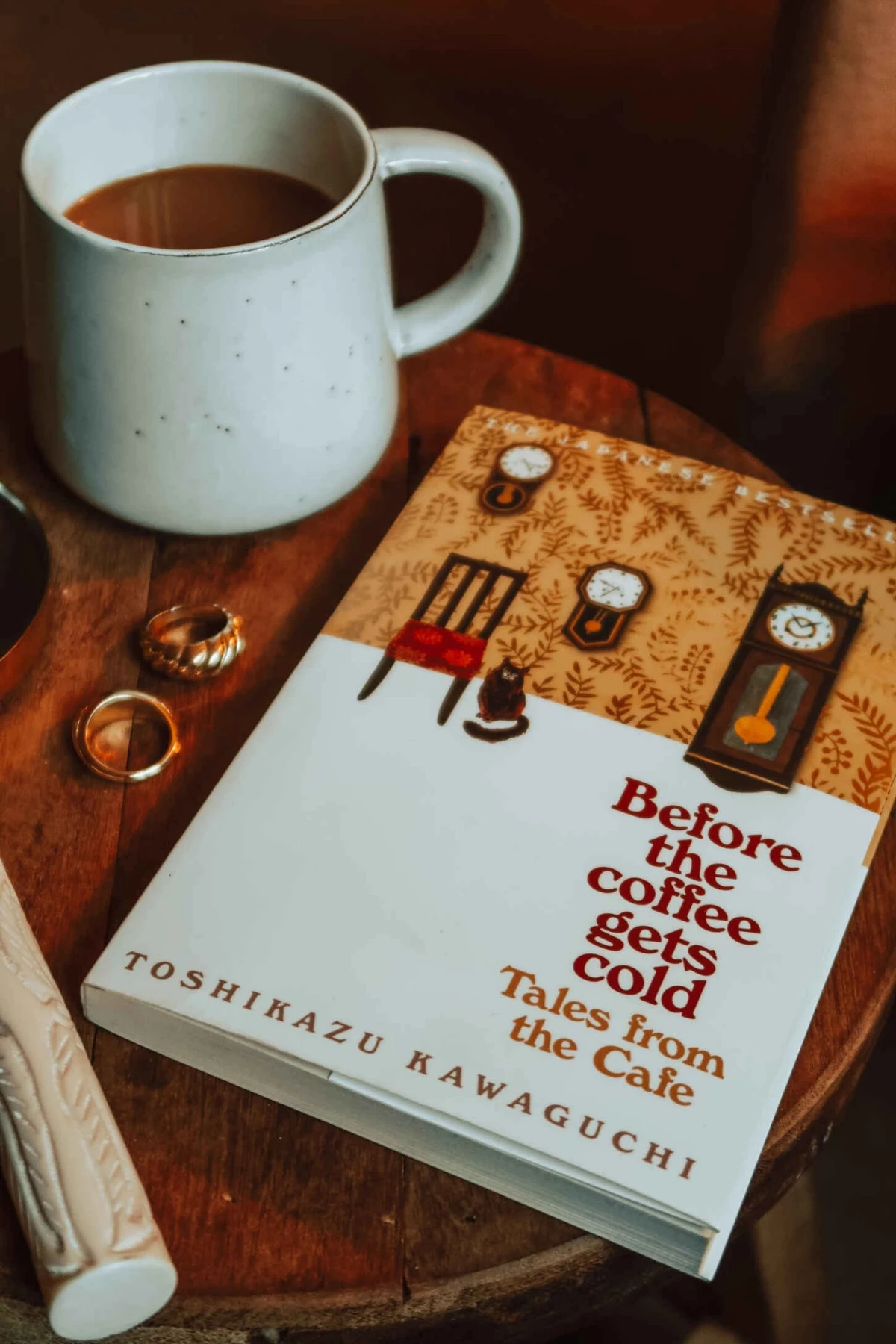
The Reliable Comfort of a Cozy Mystery
Let’s be real: sometimes you don’t want to be deeply unsettled. You just want the comfort of a puzzle that you know will be neatly solved by the last page. Enter the cozy mystery. These are a beloved autumn staple for a reason. They usually feature an amateur sleuth (a baker, librarian, or bookstore owner, perhaps?) in a charming small town. Any violence happens off-page, and the focus is on community, quirky characters, and the satisfying, step-by-step process of solving the crime. They are the literary equivalent of a warm cup of tea and a blanket.
Building Your Personal Reading List
Okay, now you have the framework. You’re ready to become the curator of your own reading life. Here’s the practical part.
Where to Find Your Books (and What to Expect to Pay)
Your local independent bookstore is the best place to start. The people there are passionate readers. Tell them about a book you loved, and they’ll likely have five more suggestions. Supporting them also keeps money in your community, which is a huge plus.
But don’t forget your public library. I cannot stress this enough: it’s a treasure trove. With a free library card, you get access to thousands of books. Most libraries now offer digital apps like Libby or Hoopla, letting you borrow e-books and audiobooks right from your phone. This is a fantastic, zero-cost way to experiment with new genres. For new releases, expect to pay around $18 for a paperback or up to $30 for a hardcover. The library? Absolutely free.
Second-hand bookstores are another favorite of mine. The fun is in the hunt—you never know what you’ll stumble upon. There’s a certain magic to finding a book with a little history, like an old inscription on the inside cover.
How to Manage That Overwhelming ‘To-Be-Read’ Pile
Ah, the ‘To-Be-Read’ (TBR) pile. Every serious reader has one. It can quickly grow from a hopeful stack into a towering monument of guilt. I’ve seen this overwhelm so many people. The key is to manage it, not let it manage you.
Here’s a simple system I’ve shared that seems to work: the Rule of Three. At any given time, aim to have three books on your immediate radar: one that’s purely for fun (your paranormal romance or cozy mystery), one that you feel you should read (maybe that classic you’ve been avoiding), and one that’s completely new to you (a new author, genre, or a translated work).
This keeps your reading life balanced and prevents you from getting stuck in a rut. It turns the pressure of the pile into a simple, flexible plan. And if a book isn’t working for you? Life’s too short for bad books. Put it down and pick up the next one.
Inspirational Gallery
Hardcover: The satisfying weight in your lap, the crisp sound of a turning page, and the durability for a book you know you’ll return to every autumn. A true tactile experience.
Paperback: Lighter for reading on the go, whether on a train or curled up in a café. It feels more personal, easily bending to the shape of your hands as you get lost in the story.
The choice often comes down to the moment: a treasured hardcover for quiet nights in, a flexible paperback for worldly adventures.
Beyond the book itself, the right setting transforms reading into an immersive ritual. Consider crafting the ultimate autumn reading nook:
- A heavy, wool or flannel blanket, like a classic plaid throw from Pendleton.
- A single source of warm light, such as a low-wattage Edison bulb lamp.
- A scented candle with notes of leather, wood, and vanilla. Byredo’s ‘Bibliothèque’ is a cult favorite for a reason.
- A wide, comfortable mug for your tea or coffee, one that warms your hands as you hold it.
Feel like you’ve exhausted all the obvious recommendations?
Try an analog discovery method. Go to your favorite bookstore and find the last book you truly loved. Now, spend ten minutes browsing only the shelves immediately surrounding it. You’re likely to find books by authors with similar influences or that the store’s curator felt had a similar spirit. It’s a treasure hunt where the map is your own taste.
- They curate their collections based on passion, not just algorithms.
- They host events that build real literary communities.
- They offer personalized, unexpected recommendations.
The secret? Your local independent bookstore. Supporting them is not just a transaction; it’s an investment in a more diverse and interesting reading future.
The ‘Dark Academia’ aesthetic, popularized online, is autumn’s literary soulmate. It revolves around classic literature, a thirst for knowledge, and a touch of gothic gloom. Think tweed jackets, ancient libraries, and philosophical debates over black coffee. For the perfect entry point into this world, there is no substitute for Donna Tartt’s iconic novel, The Secret History, a story of intellectual obsession and moral decay at a New England college that practically smells of fallen leaves and old paper.
According to the American Booksellers Association, the number of independent bookstores in the U.S. has grown by over 30% in the last decade.
This resurgence proves that readers are craving authentic, curated experiences. When you step into an indie bookstore, you’re not just a customer; you’re a fellow reader. The ‘Staff Picks’ section is often a goldmine of hidden gems that you’d never find on a corporate bestseller list.
A new trend for a cozy read: Cozy Fantasy. If you love the atmospheric feel of fantasy but aren’t in the mood for epic battles and world-ending stakes, this subgenre is for you. It focuses on low-stakes, character-driven stories in a magical setting. Think of a retired orc opening a coffee shop. A perfect example to start with is Legends & Lattes by Travis Baldree, a book that feels like a warm hug.
Don’t overlook the power of audiobooks for enhancing the autumn mood, especially during a misty morning walk or a long drive through colorful foliage. The best fall audiobooks have two things in common:
- A masterful narrator: A voice that can convey atmosphere is key. Think of Stephen Fry’s iconic narration of the Sherlock Holmes stories or the rich, theatrical performance of the Jonathan Strange & Mr Norrell audiobook.
- Pacing: A story that unfolds slowly, allowing you to sink into its world without demanding constant, high-octane attention.
What if you paired your book with a specific flavor profile?
The concept of ‘terroir’ in wine also applies to books. A smoky, complex Lapsang Souchong tea from a purveyor like Mariage Frères can be the perfect companion for a dense historical fiction or a brooding gothic mystery. The smoky aroma enhances the misty, shadowy atmosphere of the page, creating a multi-sensory reading experience.










